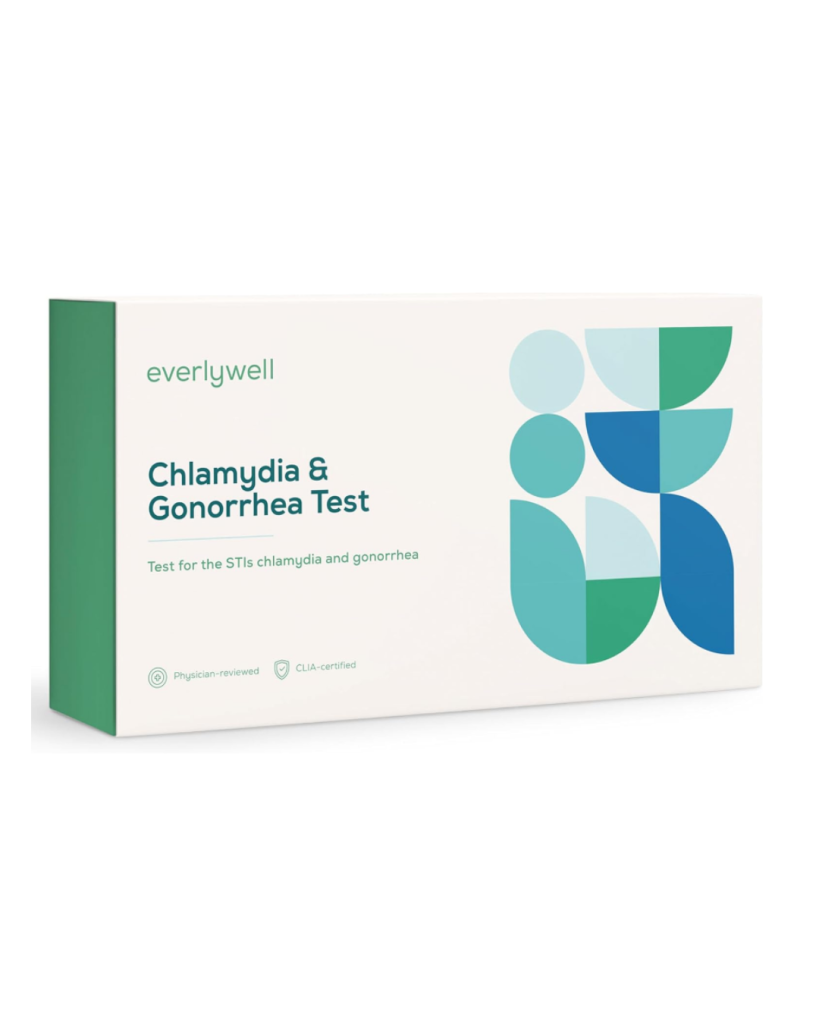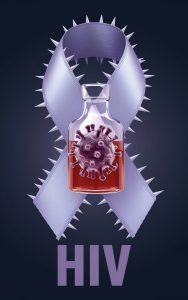I. Introduction to Chlamydia
A. Overview of Chlamydia
Chlamydia is a widespread sexually transmitted infection (STI) caused by the bacterium Chlamydia trachomatis. It frequently goes undetected, as many individuals may not exhibit symptoms. Globally, it remains one of the most reported STIs, affecting millions annually. The significance of chlamydia cannot be overstated—if untreated, it can lead to severe health issues, including infertility, chronic pelvic pain, and other reproductive complications.
B. Importance of Treatment
Early and effective treatment for chlamydia is crucial. Antibiotics like Azithromycin and Doxycycline are commonly used, providing a reliable cure when taken correctly. Untreated chlamydia can escalate, causing pelvic inflammatory disease (PID), potentially resulting in infertility and other long-term health complications. Thus, prompt treatment is necessary to avoid these outcomes.

“Take the first step toward better health! Explore our product designed to help you understand and manage chlamydia effectively.”
Table of Contents
C. Purpose of the Article
This article explores why chlamydia may recur even after treatment. Understanding these factors is essential for public health, as it highlights the importance of prevention strategies and follow-up care, empowering individuals to make informed decisions about their health.
II. The Mechanism of Chlamydia Infection
A. How Chlamydia Infects the Body
Chlamydia is typically spread through sexual contact. It targets the reproductive organs, including the cervix, uterus, and fallopian tubes in women, and the urethra in both men and women. In addition, chlamydia can infect the rectum and throat, leading to complications that may vary based on the site of infection.

“Don’t leave your health to chance—try our effective treatment solutions today and ensure your chlamydia is fully cleared!”
B. The Lifecycle of Chlamydia
After entering the body, chlamydia undergoes several developmental stages. The bacterium invades host cells within the reproductive system, using them as a base for replication. This rapid reproduction initiates an immune response, which often remains undetected until complications occur due to the asymptomatic nature of the infection.
C. Immune Response to Infection
The immune system plays a critical role in combating chlamydia. While some individuals can naturally eliminate the infection, others experience persistent symptoms due to factors such as overall health, genetic predispositions, and other underlying conditions. These factors influence how effectively the immune system responds to the infection.
III. Treatment Overview
A. Common Treatments for Chlamydia
Standard treatments for chlamydia involve antibiotics, mainly Azithromycin (a single-dose treatment) or Doxycycline (administered over a week). Both are effective when patients adhere strictly to prescribed guidelines. These antibiotics target the bacteria, helping to clear the infection efficiently.

“Stay ahead of reinfection! Discover our innovative product that empowers you with the tools to prevent chlamydia recurrence.”
B. Monitoring Treatment Efficacy
Monitoring treatment success is vital to ensure the infection is eradicated. Healthcare providers recommend follow-up testing approximately three months after treatment completion to confirm the infection is cleared. Achieving a negative test result and the absence of symptoms indicate successful treatment.
C. Factors Influencing Treatment Success
Several factors impact the effectiveness of chlamydia treatment. Adherence to medication is crucial; failure to complete the course can lead to persistent infection. Additionally, the presence of other STIs can complicate treatment, as co-infections might inhibit the body’s ability to fight off chlamydia.
IV. Reasons for Recurrence After Treatment
A. Reinfection vs. Treatment Failure
A critical distinction must be made between reinfection and treatment failure. Reinfection often occurs when an individual has sexual contact with an untreated partner post-treatment. In contrast, treatment failure is rare and typically results from incomplete antibiotic courses or antibiotic resistance, although these cases are uncommon with chlamydia.

“Protect yourself and your partners—try our product for safe practices and regular screenings that keep you healthy.”
B. Behavioral and Lifestyle Factors
Certain lifestyle behaviors can increase the risk of recurring infections. Unprotected sexual activity or multiple partners heighten exposure to chlamydia. Ensuring open communication about STI statuses with partners and using protection consistently is essential to minimize the risk of reinfection.
C. Organism Persistence
In some cases, the bacteria can persist even after treatment, especially in asymptomatic individuals. This persistence can lead to recurrence if not properly managed. Staying vigilant for any symptoms and undergoing regular screenings are vital in addressing this issue promptly.
V. Preventative Measures and Best Practices
A. Safe Practices to Avoid Reinfection
Preventing reinfection involves adopting safe sexual practices. Consistent use of condoms and dental dams significantly reduces the risk. Furthermore, regular STI screenings are recommended for sexually active individuals, particularly those with multiple partners or higher risk profiles.
B. Communication and Partner Management
Open communication with sexual partners about STI statuses is crucial for maintaining a safe sexual environment. Partners should be encouraged to get tested and treated simultaneously to prevent the risk of chlamydia recurrence.
“Make proactive choices! Order our product today and join the movement towards chlamydia awareness and effective prevention.”
C. Education and Resources
Awareness and education are powerful tools in combating STIs like chlamydia. Numerous resources, such as local health departments and sexual health organizations, offer information and guidance on preventing STIs and understanding sexual health risks.
Don’t leave your health to chance—try our effective treatment solutions today and ensure your chlamydia is fully cleared

VI. Conclusion
A. Recap of Key Points
Chlamydia remains a significant public health concern that can recur even after treatment. Understanding the infection’s mechanism, available treatments, and reasons for recurrence sheds light on effective prevention and management strategies.
B. Final Thoughts on the Importance of Awareness
Educating oneself about chlamydia and its behavior is crucial for making informed health decisions. The more individuals understand this infection, the better they can protect their health and that of their partners.
C. Encouragement for Regular Health Checks
Proactive health measures, such as regular health checks and open conversations with partners, are essential in reducing the risks of chlamydia recurrence and other STIs.
VII. Frequently Asked Questions (FAQs)
A. Can chlamydia be cured completely?
Yes, appropriate antibiotic treatment can entirely cure chlamydia. Adhering to the full course of prescribed medication is essential for the treatment’s success.
B. How soon can one be re-tested after treatment?
Healthcare providers typically recommend retesting about three months after treatment to ensure the infection has been eradicated and to confirm the absence of symptoms.
C. What should I do if I suspect reinfection?
If you suspect a reinfection, contact your healthcare provider promptly for testing and possible re-treatment. Acting quickly helps in managing and preventing further complications.





Pingback: "Spot the difference between chlamydia and gonorrhea!"
thank you